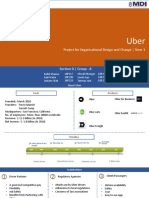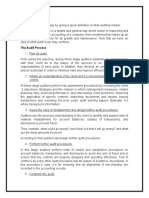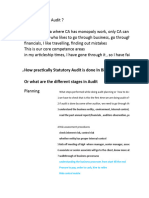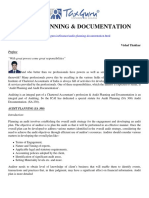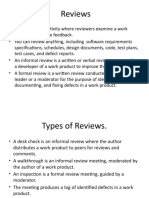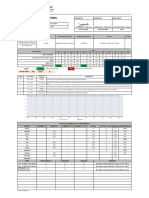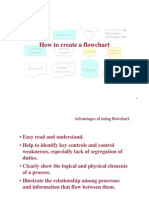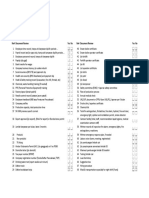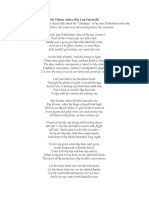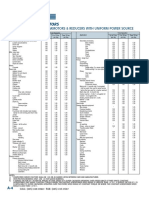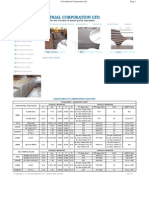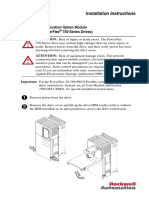0% found this document useful (0 votes)
26 views29 pagesUnderstanding Process Mapping
The document provides an overview of process mapping techniques aimed at improving workflow efficiency and compliance. It outlines various mapping methods, their applications, and the steps to create effective process maps. Key takeaways emphasize the importance of aligning mapping types with project goals and involving stakeholders for continuous improvement.
Uploaded by
Nisar Ahmad MunibCopyright
© © All Rights Reserved
We take content rights seriously. If you suspect this is your content, claim it here.
Available Formats
Download as PPTX, PDF, TXT or read online on Scribd
0% found this document useful (0 votes)
26 views29 pagesUnderstanding Process Mapping
The document provides an overview of process mapping techniques aimed at improving workflow efficiency and compliance. It outlines various mapping methods, their applications, and the steps to create effective process maps. Key takeaways emphasize the importance of aligning mapping types with project goals and involving stakeholders for continuous improvement.
Uploaded by
Nisar Ahmad MunibCopyright
© © All Rights Reserved
We take content rights seriously. If you suspect this is your content, claim it here.
Available Formats
Download as PPTX, PDF, TXT or read online on Scribd
/ 29


